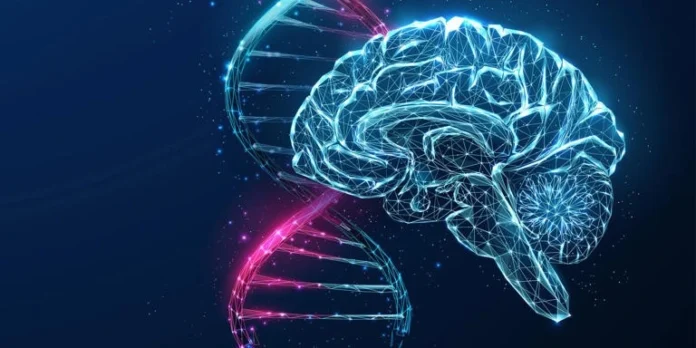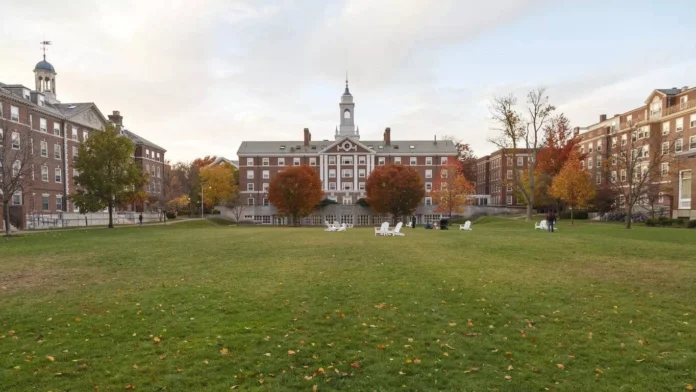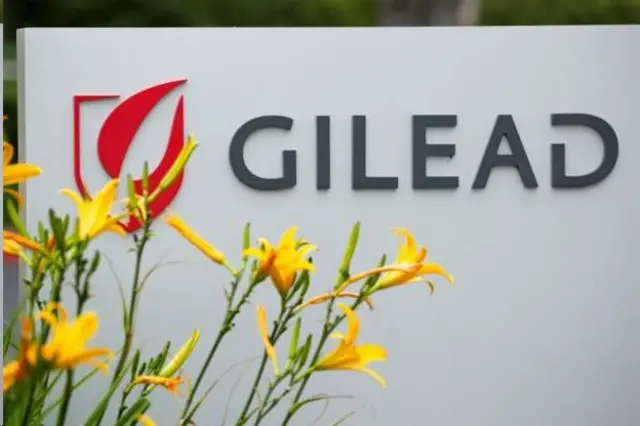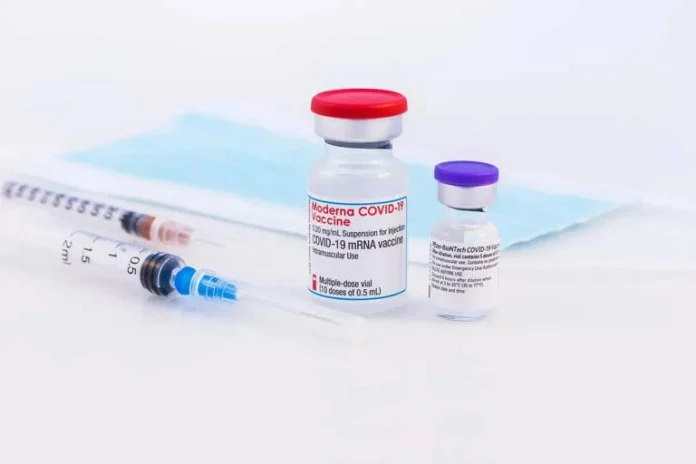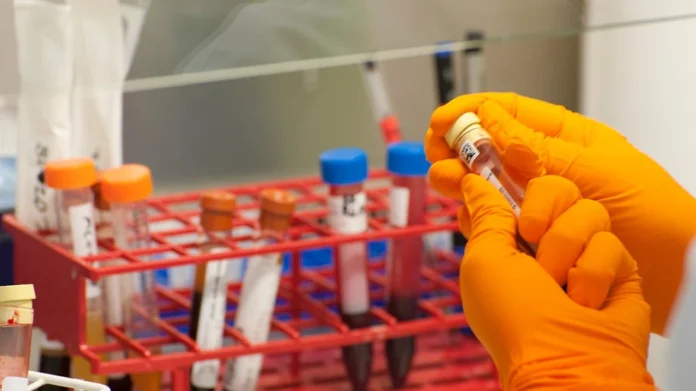Scientists Discover Promising New Alzheimer’s Treatment
Researchers at Case Western Reserve University have developed a drug that protects the “guardian of the brain.”
More than 55 million people around the world are living with dementia, most often caused by Alzheimer’s disease (AD) and other conditions that damage cells in the brain and nervous system.
Despite decades of research, there is still no cure or effective way to manage these devastating disorders. Now, a team of scientists from Case Western Reserve University, University Hospitals, and the Louis Stokes Cleveland VA Medical Center has made a breakthrough. They have identified a new drug that could offer fresh hope for treating Alzheimer’s disease.
The researchers took an innovative approach by targeting a different part of the brain. In studies with mouse models of Alzheimer’s, this strategy led to impressive results. Their findings were recently published in the journal Proceedings of the National Academy of Sciences.
“Our findings suggest an effective new way to safely prevent neurodegeneration and cognitive impairment in Alzheimer’s disease by directly protecting the blood-brain barrier (BBB),” said the study’s co-lead researcher Andrew Pieper, a psychiatrist and neuroscientist at the Case Western Reserve School of Medicine and the Morley-Mather Chair of Neuropsychiatry at University Hospitals Cleveland Medical Center.
“In these mouse models treated with the drug,” he said, “the BBB remained completely undamaged. The brains didn’t undergo neurodegeneration and, most importantly, cognition and memory capacity were completely preserved.”
The collaborative study was co-led by Sanford Markowitz, the Ingalls Professor of Cancer Genetics and Distinguished University Professor at the Case Comprehensive Cancer Center and Division of Hematology-Oncology Department of Medicine at Case Western Reserve and University Hospitals.
New target
Historically, most research in neurodegenerative disease has focused on targeting neurons in the brain. In this study, the researchers instead identified a new target: the blood-brain barrier (BBB), a network of cells that forms a protective layer between the brain and blood.
The BBB acts as a “guardian of the brain” by allowing key molecules to enter and leave the brain, while blocking dangerous substances from the blood, including bacteria and virus. Notably, the researcher said, deterioration of the BBB is an early indicator of many forms of neurodegenerative disease, including AD and traumatic brain injury (TBI).
More specifically, the researchers targeted an enzyme in the immune system—known as 15-PGDH (15-hydroxyprostaglandin dehydrogenase)—that they discovered to be especially highly enriched in the BBB. They found that this enzyme is even further elevated in AD, traumatic brain injury and aging in both mice and humans, and that this change harms the BBB.
New drug
With 15-PGDH in the BBB as the focus, the team used a drug (SW033291) they developed at Case Western Reserve School of Medicine and University Hospitals to block the enzyme.
This enzyme-blocking drug was originally developed in the Markowitz lab with support from the Harrington Discovery Institute and the Case Western Reserve School of Medicine for an entirely different purpose. Specifically, it was first shown by Markowitz and School of Medicine Dean Stan Gerson to activate stem cells to repair tissue damage in mouse models of colitis and bone-marrow transplants.
“Finding together that blocking 15-PGDH also blocks brain inflammation and protects the BBB was an exciting new discovery,” Markowitz said. “Notably, SW033291 didn’t change how much amyloid—a sticky protein that accumulates in Alzheimer’s—was in the brain. This is important because the most recently approved AD drugs focus only on removing amyloid and, unfortunately, don’t work very well and have risky side effects. Inhibiting 15-PGDH thus offers a completely new approach for AD treatment.”
The researchers also found that inhibiting 15-PGDH with SW033291 protected mice from neurodegeneration and cognitive impairment after TBI, like a concussion, even when the drug was given a full day after the injury.
Based on their results, the scientists are hopeful the drug could help treat AD, brain injuries, and possibly other brain diseases.

